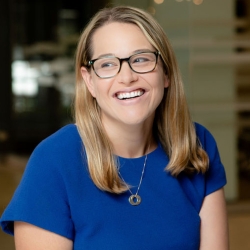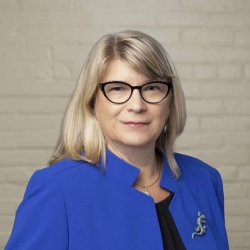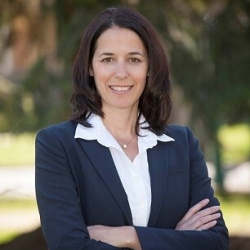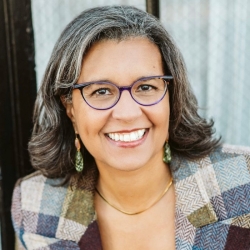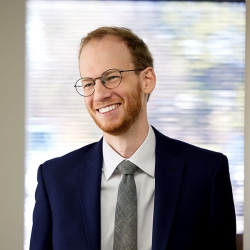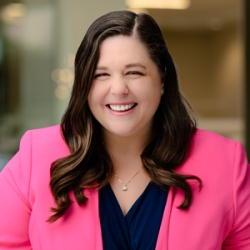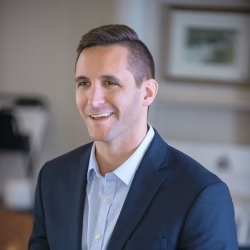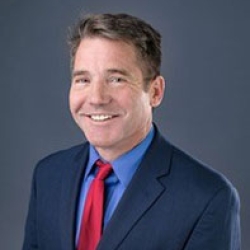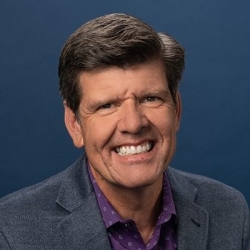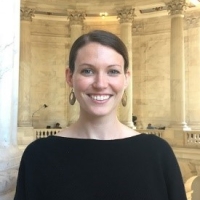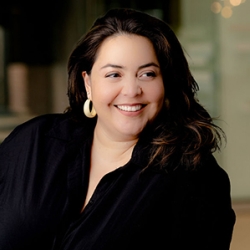Register Now!
As organizations committed to strengthening community foundations, CFLeads and the Council on Foundations are partnering to offer a new public policy and advocacy training course for community foundations. This updated training will provide community foundation leaders and staff with the knowledge and resources needed to excel in advocating for the nonprofits and communities doing the hard work of social change.
Workshop Hours
- Tuesday, July 30: 1:00-5:00 p.m. ET
- Tuesday, August 6: 1:00-5:00 p.m. ET
Government policies and programs affect almost every aspect of our lives, from housing, healthcare and the environment to education, transportation, and safety. For foundations striving to create equitable, inclusive, and widely prosperous communities, it is necessary to focus on strengthening and reimagining policies and systems.
Participation in advocacy is an essential strategy to advance the mission of community foundations. Yet a lack of understanding of the rules of advocacy and lobbying, confusion about the appropriate governance and risk management, as well as a dearth of tools and internal capacity needed to be successful prevents many community foundations from engaging in public policy.
This learning opportunity is intended for CEOs and senior leadership staff from community foundations of all sizes that are committed to getting more involved in policy and advocacy work.
This training will provide community foundations across geographies and of all sizes with:
-
Increased understanding of the importance of public policy to improve outcomes
-
Improved policy practice
-
Increased advocacy action
In this training, participants will:
-
Understand a comprehensive picture of possible community foundation strategies to engage in effective public policy advocacy that advances the greater good
-
Understand the complex dynamics around foundation staff’s relationships with policy advocacy organizations and explore the optimal relationship for your foundation
-
Learn how to build support for advocacy among your foundation’s staff and board
-
Learn how to improve your foundation’s grantmaking to more effectively participate in policy advocacy
Offered in partnership with:





